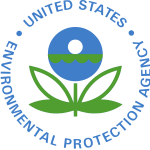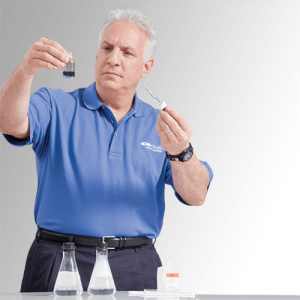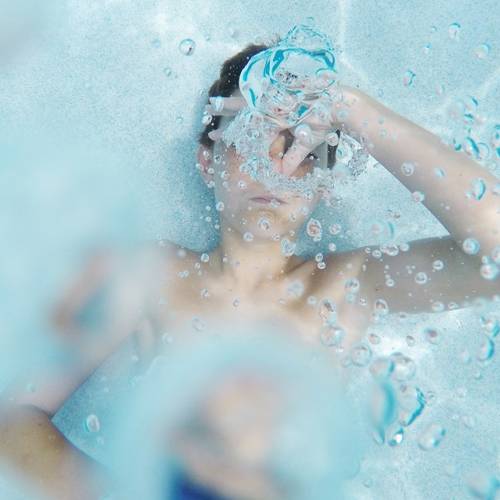Chlorine in drinking water can cause water to smell or taste like chlorine and can cause drying of your skin as well as unmanageable hair. Drinking water is considered safe as long as the chlorine/chloramine levels do not exceed 4 milligrams per liter. While this may seem alarming, the good news is that this doesn’t necessarily mean that your home’s water is contaminated. Below this level, there are no known harmful health effects. When either of these two chemicals is found in large doses, it can become harmful.
Why is Chlorine or Chloramine found in Drinking Water?
- Municipalities use chlorine or chloramines to disinfect the water to ensure the water is free of pathogenic microorganisms which can cause illnesses such as typhoid fever, dysentery, cholera, and gastroenteritis.
- The addition of chlorine to drinking water has been extremely effective in reducing the cases of waterborne illnesses that were prevalent years ago.
- Small doses of chlorine should be safe to drink, however high doses of chlorine can cause serious health problems.
- The EPA allows water plants to use chloramine and chlorine, but many plants are switching from chlorine to chloramine for the following reasons:
- Chlorine reacts with organic matter in the water and produces byproducts that can cause illness after drinking them for a long time.
- Chlorine is sometimes is used up before it reaches the end of the water pipes and doesn’t kill all the germs.
- Chloramine lasts longer in pipes and doesn’t produce as many harmful byproducts. https://www.epa.gov/dwreginfo/chloramines-drinking-water
Why is Chlorine or Chloramine found in Drinking Water?
- Municipalities use chlorine or chloramines to disinfect the water to ensure the water is free of pathogenic microorganisms which can cause illnesses such as typhoid fever, dysentery, cholera, and gastroenteritis.
- The addition of chlorine to drinking water has been extremely effective in reducing the cases of waterborne illnesses that were prevalent years ago.
- Small doses of chlorine should be safe to drink, however high doses of chlorine can cause serious health problems.
- The EPA allows water plants to use chloramine and chlorine, but many plants are switching from chlorine to chloramine for the following reasons:

- Chlorine reacts with organic matter in the water and produces byproducts that can cause illness after drinking them for a long time.
- Chlorine is sometimes is used up before it reaches the end of the water pipes and doesn’t kill all the germs.
- Chloramine lasts longer in pipes and doesn’t produce as many harmful byproducts. https://www.epa.gov/dwreginfo/chloramines-drinking-water
How to Remove Chlorine and Chloramine from Water
The levels of chlorine and chloramine in your home should be safe for consumption but more and more people are turning to water filtration systems to filter out these unwanted chemicals. Many issues with chlorine or chloramines can be eliminated by installing a whole house carbon filtration system. However, each substance requires a slightly different filter.
- Standard Activated Carbon can effectively filter out chlorine with either coconut shell or coal-based filters.
- Catalytic Carbon Beds are effective at filtering out chloramine. However, catalytic carbon will only remove chloramine for a year or more before it needs to be replaced.
- Kinetico offers a new carbon filtration media called Hollow-Core Carbons (HCCs) that allows for 10 times the active filtration sites on each carbon particle. This results in a much higher filtration capacity, which provides a dramatic increase in the life of the media bed. Tests have shown that HCC filters effectively remove chloramine for up to four years depending on the variables.

Get your water tested FREE by the water experts at Clearwater Systems to learn about the options available in filtering out chlorine or chloramines, and to ensure that your water is safe and free of these chemicals.
Contact us today!





